Safety and success in aviation is a matter of knowing what possible and which limitations surround an aircraft or airspace. Smart pilots are also informed of the restrictions surrounding themselves. Becoming fully aware of the restrictions surrounding a flight is an important first step in conducting a safe one.
Focusing on restrictions on a certificate or an aircraft need not be a negative experience. It can help motivate a pilot to reach career and education goals and encourage knowledge of an airplane and airspace. To keep within FAA requirements and ensure a positive growth mindset, all pilots should know which restrictions accompany their certificate.
What’s a Private Pilot?
The general eligibility for a person to become a private pilot includes being 17 years old and certification that the FAA’s knowledge test has been passed. The pilot must read, understand, and speak English. Those with a criminal past might not pass a background check. Evidence of certain qualifications must appear in private pilot’s logbook and signed by a certified flight instructor.
The private pilot must have demonstrated working knowledge in the form of comprehension of FAA rules, the National Transportation Safety Board’s requirements regarding accident reporting, effective use of various navigation systems, correct procedures for radio communication, ability to recognize and avoid dangerous weather conditions, understanding of aeronautical principles, and capability of taking into account such factors as runway length and fuel requirements.
A private pilot must also show such practical skills as ability to operate the airplane from takeoff to cruise to landing, navigate, conduct stalls and slow flight, undergo emergency and night operations, and go through a safe postflight. Private pilots must also undergo a cross-country flight in a single-engine airplane which lasts at least three hours. They are required to conduct a minimum of ten takeoffs and landings at an airport in which the aircraft has come to a full stop, and the airport’s traffic pattern has been entered.
The private pilot must have flown for at least three hours in a single-engine airplane in instrument conditions, undergoing such circumstances as level flight, using the radio, recovering from various attitudes in flight, turning to headings, using radar, and maintaining airspeed. Three hours of flight training must take place with a CFI in a single-engine airplane at least two months before the FAA’s practical test. Ten hours of flight time, five of which must be cross-country and include three takeoffs and landings in a traffic pattern with a tower, must be logged.
Medical Restrictions
As you can see, becoming a private pilot involves demonstrating command of a broad range of normal as well as abnormal flight conditions. “Getting the private” is a significant accomplishment of which any pilot should be proud. Some pilots experience medical restrictions, however, and these require attention.
The medical exam for private pilots involves showing an ability to discern between colors. A vision test is also included. Private pilots do not have to have 20/20 vision, but it must be correctable to 20/40. Those who undergo Lasik eye correction surgery are required to wait at least six months after the procedure to fly.
All pilots must carry their medical certificates while flying. They are obtained by passing a physical exam conducted by an FAA-approved medical examiner. Medical restrictions are noted on a pilot’s certificate, such as the fact that he or she must wear glasses or contact lenses. These can also include coronary heart disease, angina, bipolar disease, certain types of diabetes, having received a heart replacement or pacemaker, a demonstrated personality disorder or psychosis, or a history of substance abuse. Most of these are conditions which completely disqualify a potential private pilot.
Pilots with certain medical conditions can fly but under limited conditions. They receive what is called “a special issuance medical.” Some might have to show demonstrable improvement, but others can permit flying while using medications or medical devices.
Economic Compensation
Private pilots cannot fly for financial gain; they are also not permitted to receive gifts, favors, or the equivalent in exchange for services. They are permitted to ask passengers to contribute to the cost of a flight (airplane rental, fuel, landing fees, etc.) Private pilots may also donate flying time to charity or local events. Those participating in such emergencies as search and rescue operations are allowed to receive compensation for the cost of flight operation.
In order to legally fly for pay or other forms of compensation, a pilot must obtain a commercial license, which requires testing and training beyond what is required for the private. However, under certain conditions, a pilot who still only holds a private can still receive payment. For example, some private pilots work in aircraft sales. Once a pilot has logged two hundred hours as pilot in command, he or she is permitted to demonstrate airplanes to prospective customers. Other private pilots can receive payment for “piloting” drones or towing non-powered ultralight airplanes and gliders. In some situations, private pilots are permitted to act as test pilots.
Aircraft Horsepower; Altitude and Airspace
Horsepower refers to the amount of power an airplane’s engine can develop. Pilots who hold a recreational pilot’s license are limited to flying aircraft which have no more than 180 horsepower. However, private pilots are permitted to fly airplanes possessing 200.
Recreational pilots may fly only in Class G and E airspace unless they are over mountainous terrain. Class G airspace, also known as “uncontrolled airspace,” does not permit instrument flying. Pilots flying within it must avoid clouds during daylight hours and observe various visual restrictions at night. Class E airspace has a ceiling of one thousand feet.
Private pilots, however, are permitted to fly in every airspace class except for Class A, which requires an instrument rating. Private pilots who do have an instrument rating, however, are allowed to fly in Class A, but they cannot exceed 18,000 feet in altitude. Perhaps most importantly, private pilots can break the fifty-mile radius of their takeoff point—a major restriction on recreational pilots.
Ready to soar in your aviation career?
Mr. Matthew A. Johnston has over 23 years of experience serving various roles in education and is currently serving as the President of California Aeronautical University. He maintains memberships and is a supporting participant with several aviation promoting and advocacy associations including University Aviation Association (UAA), Regional Airline Association (RAA), AOPA, NBAA, and EAA with the Young Eagles program. He is proud of his collaboration with airlines, aviation businesses and individual aviation professionals who are working with him to develop California Aeronautical University as a leader in educating aviation professionals.
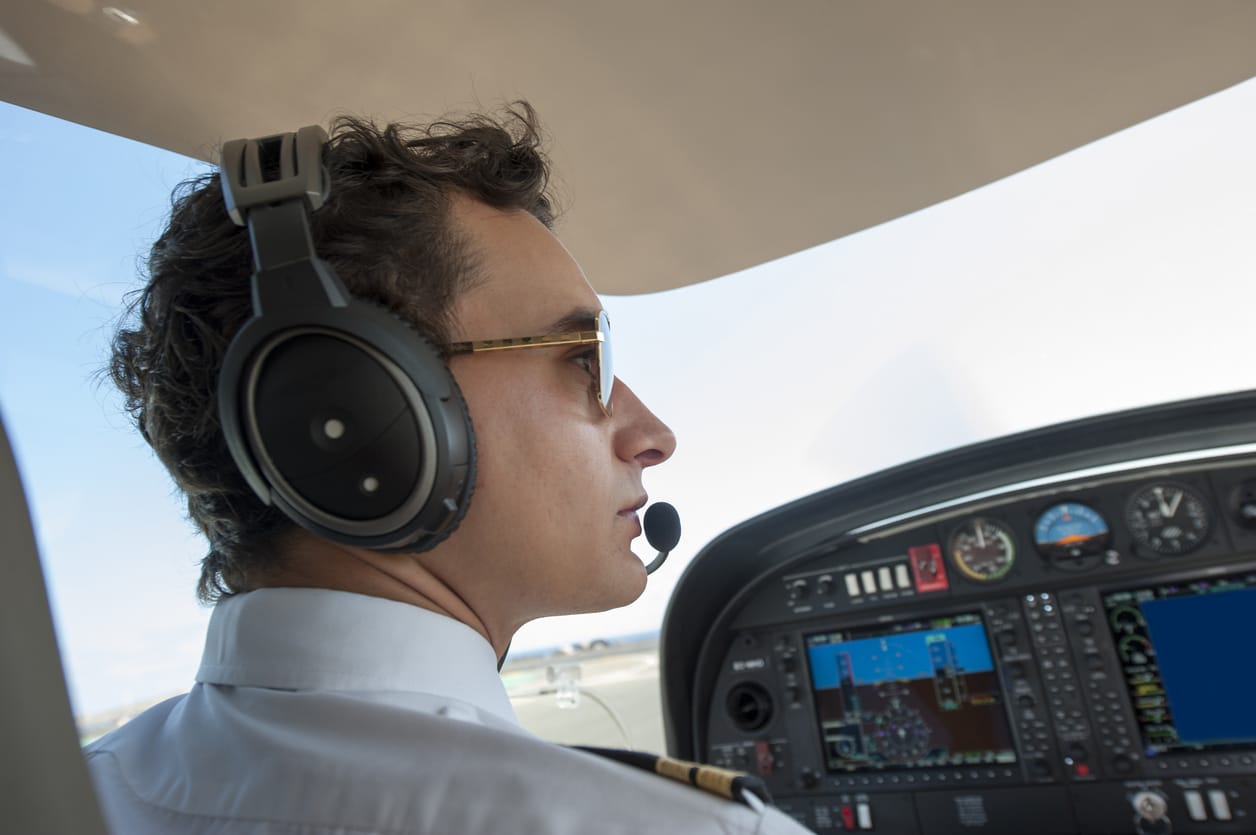
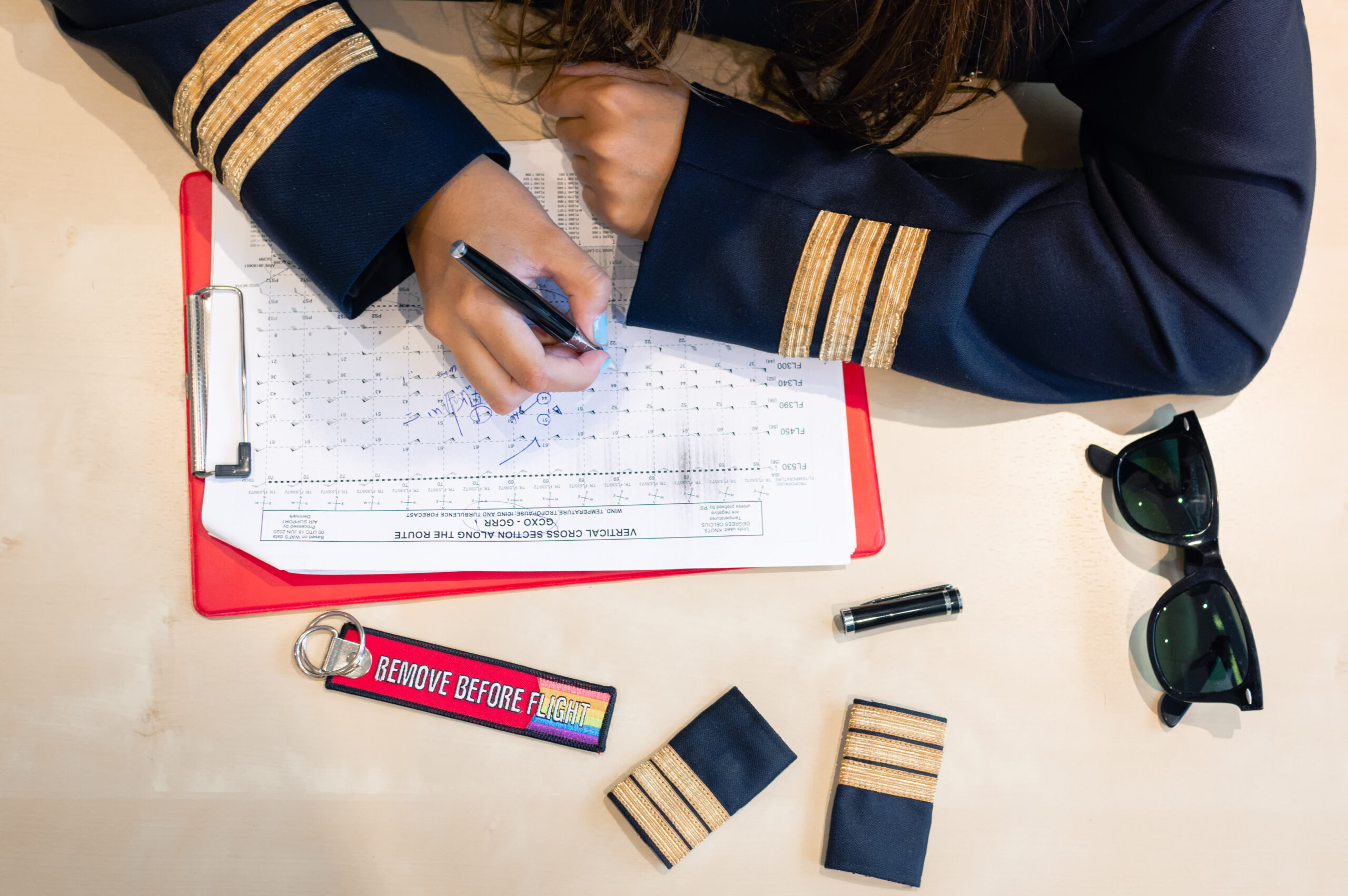
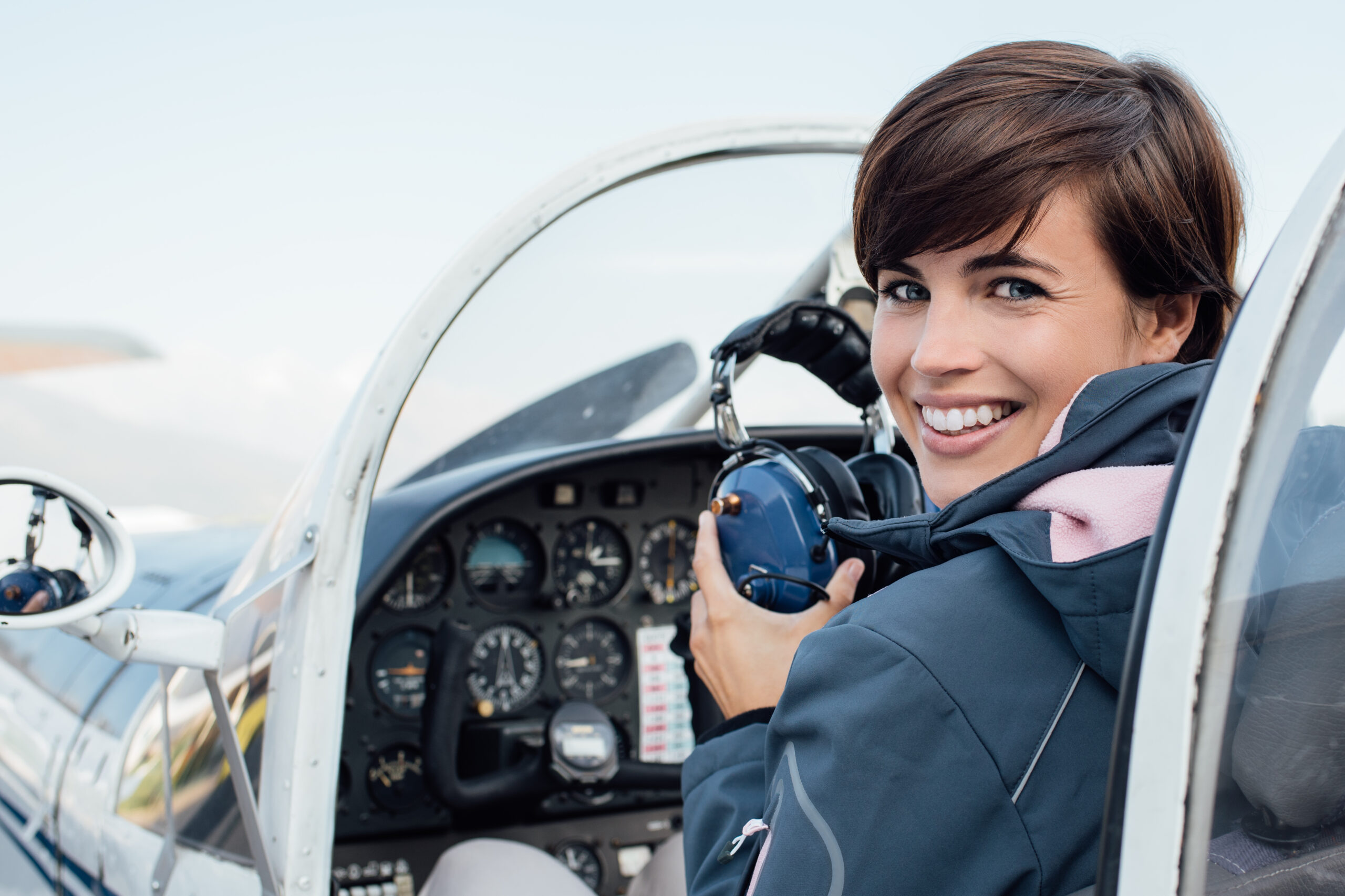
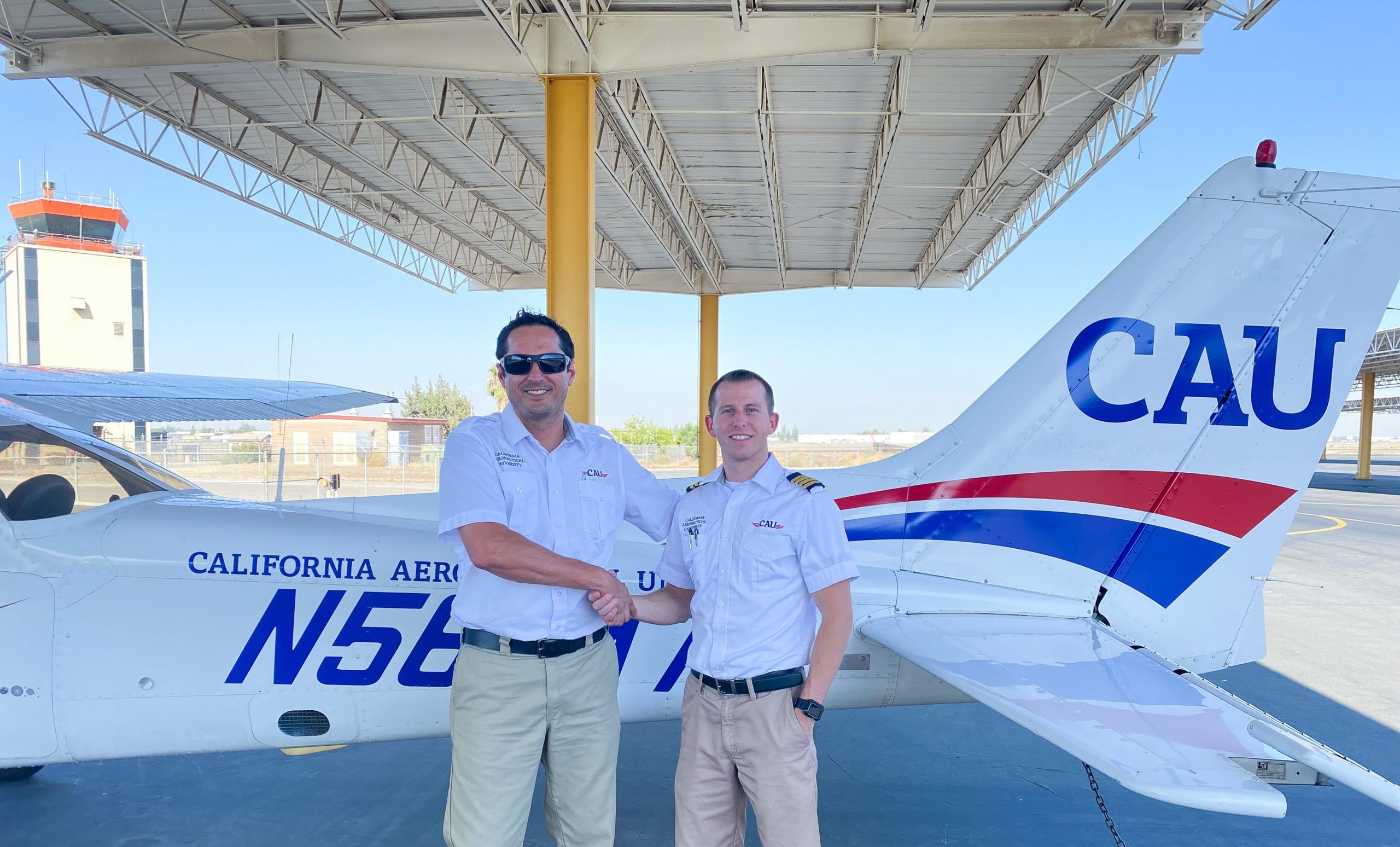
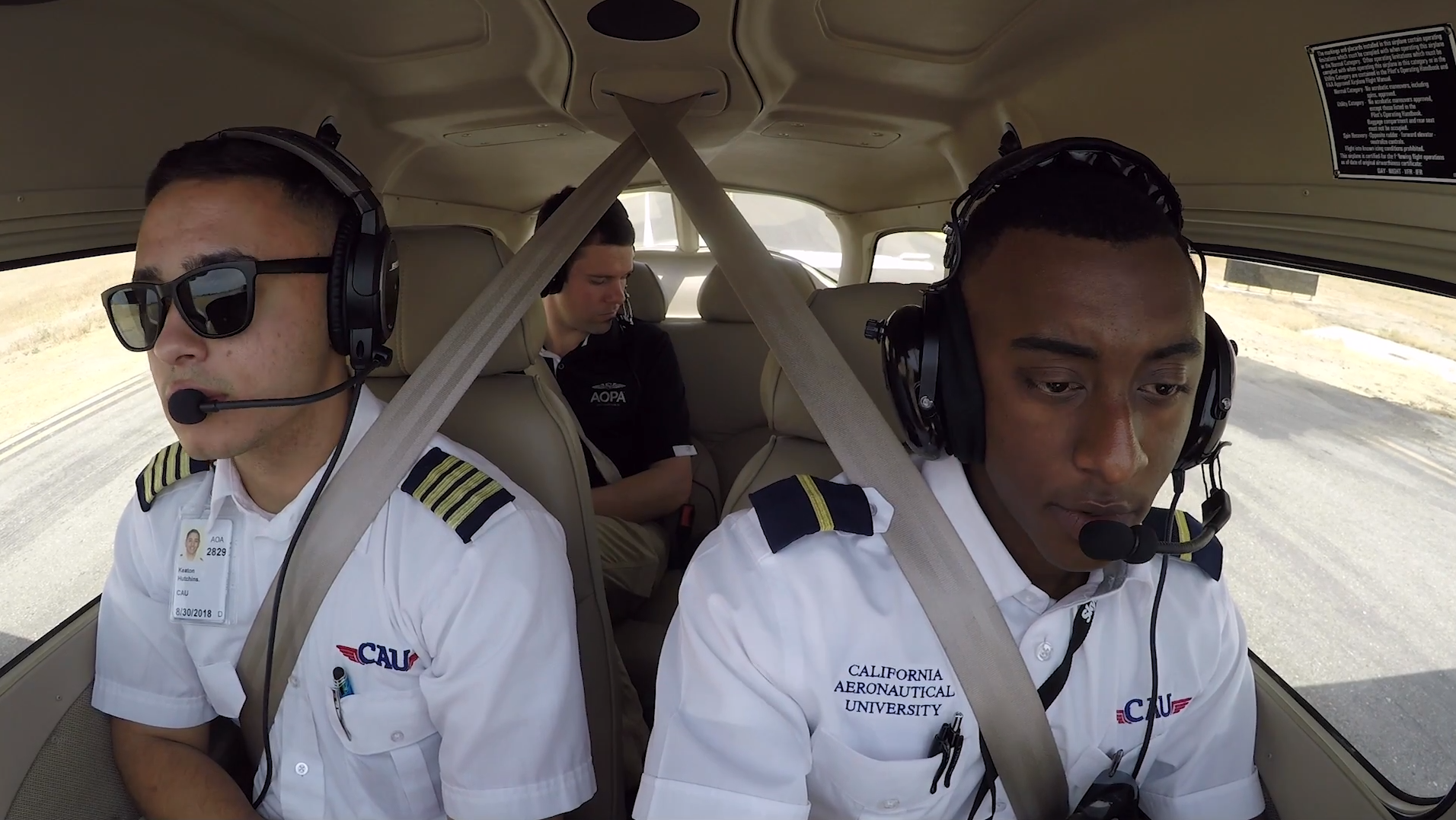
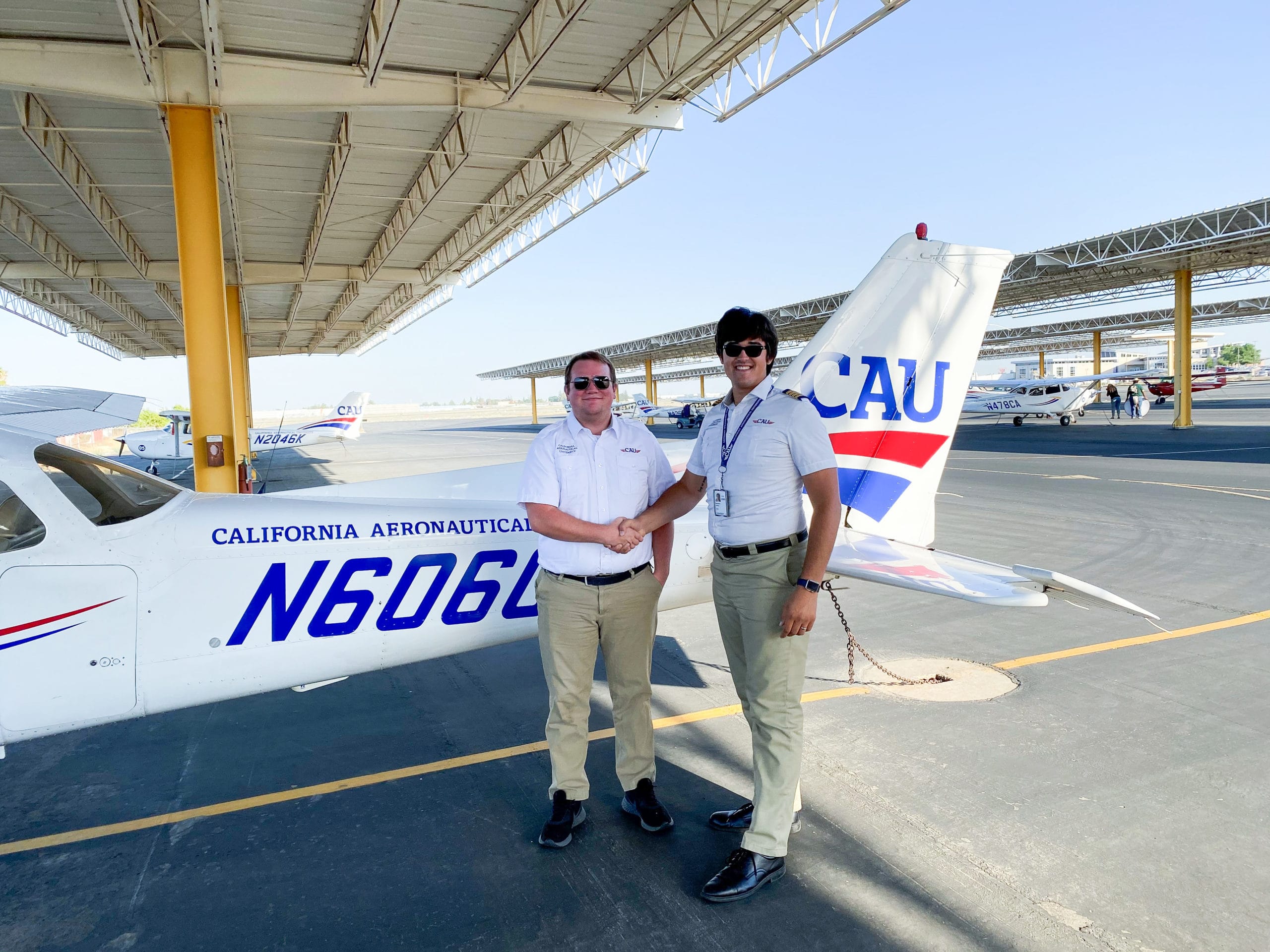
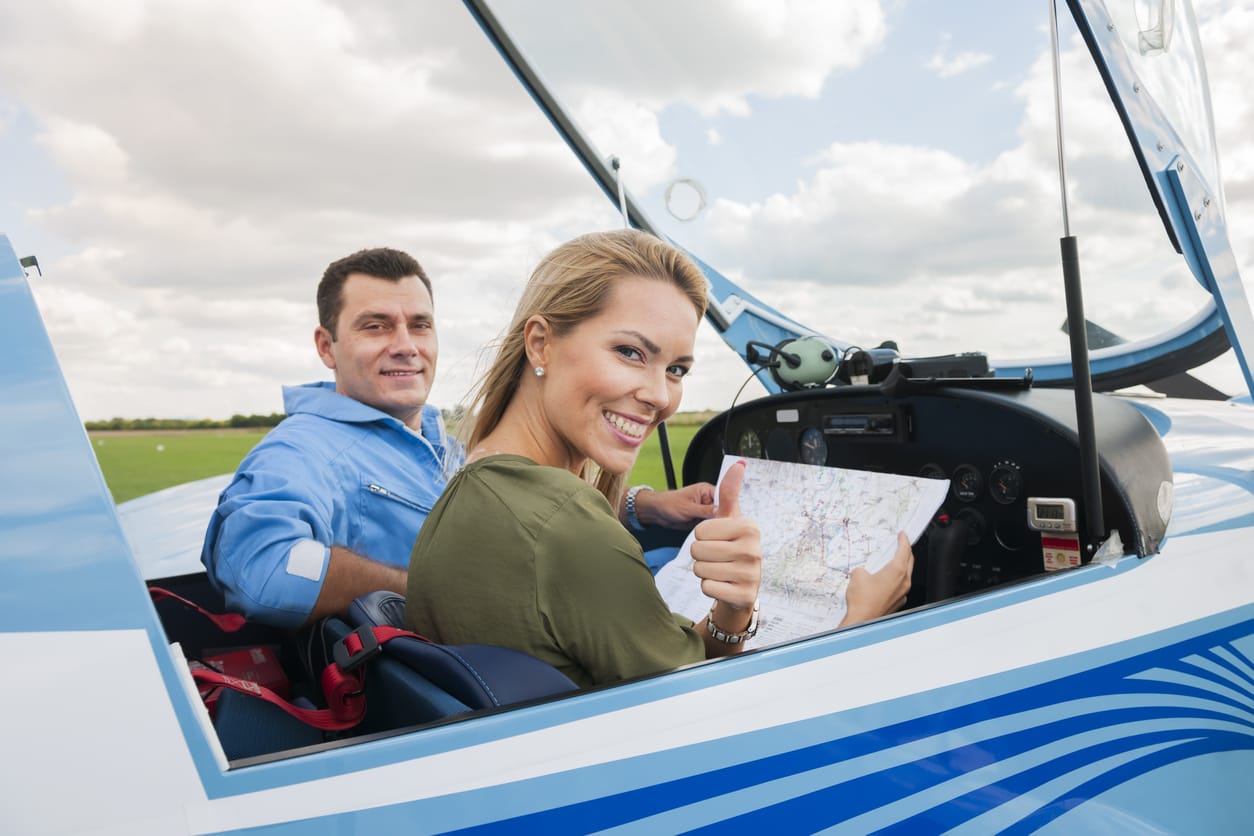
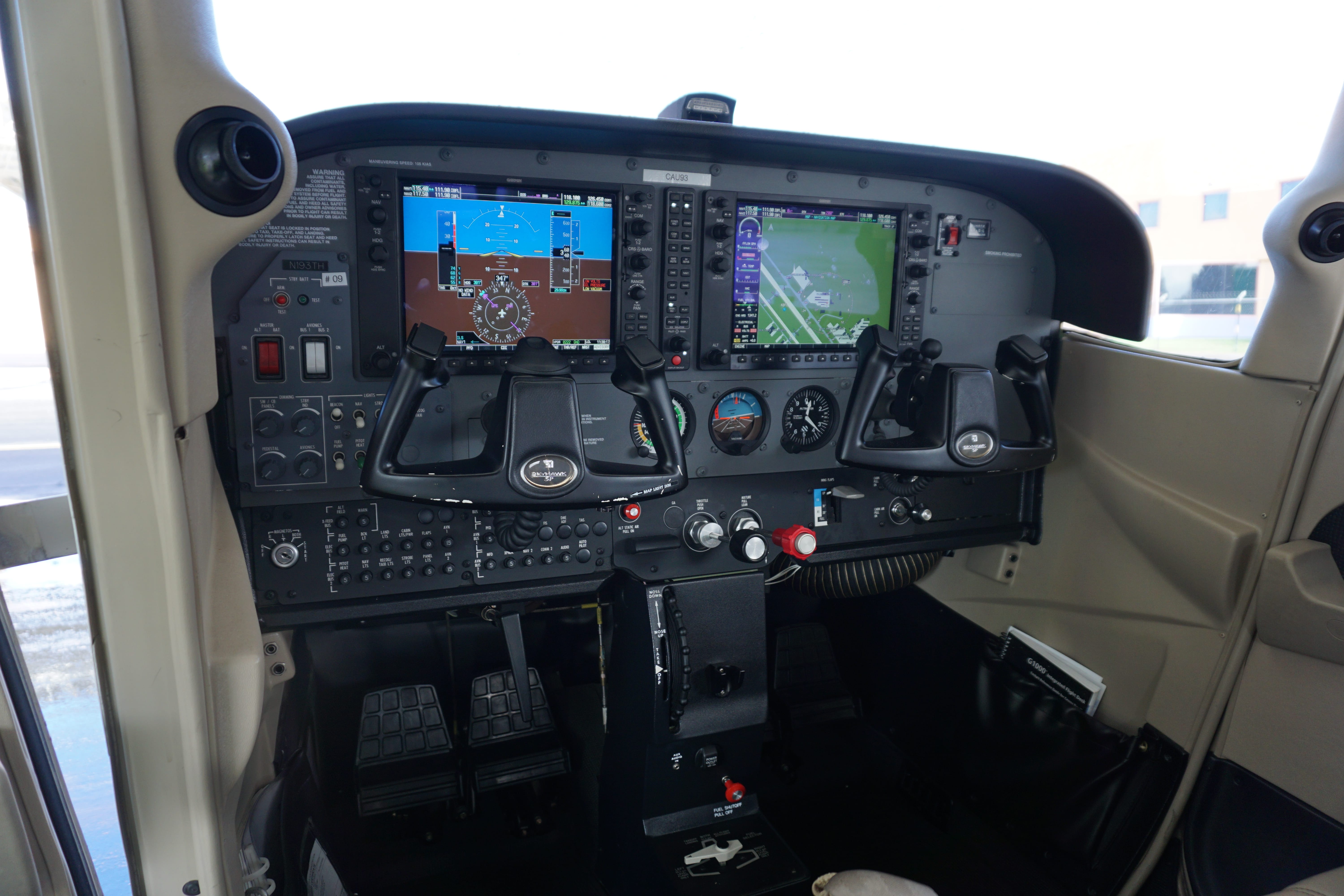
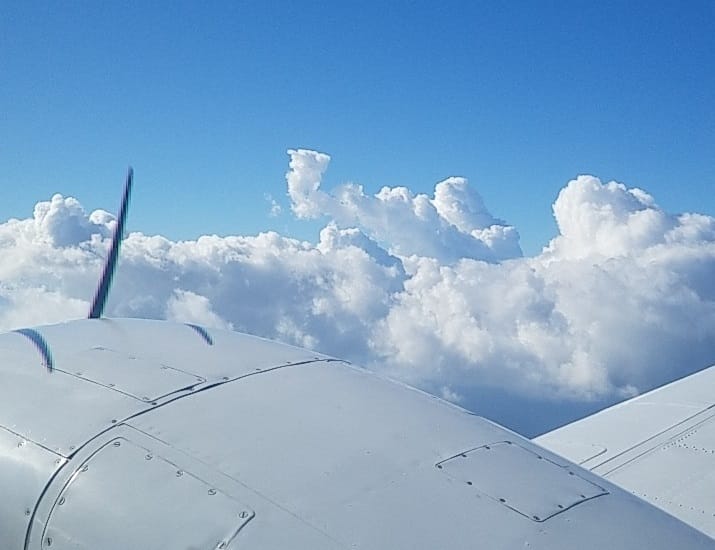

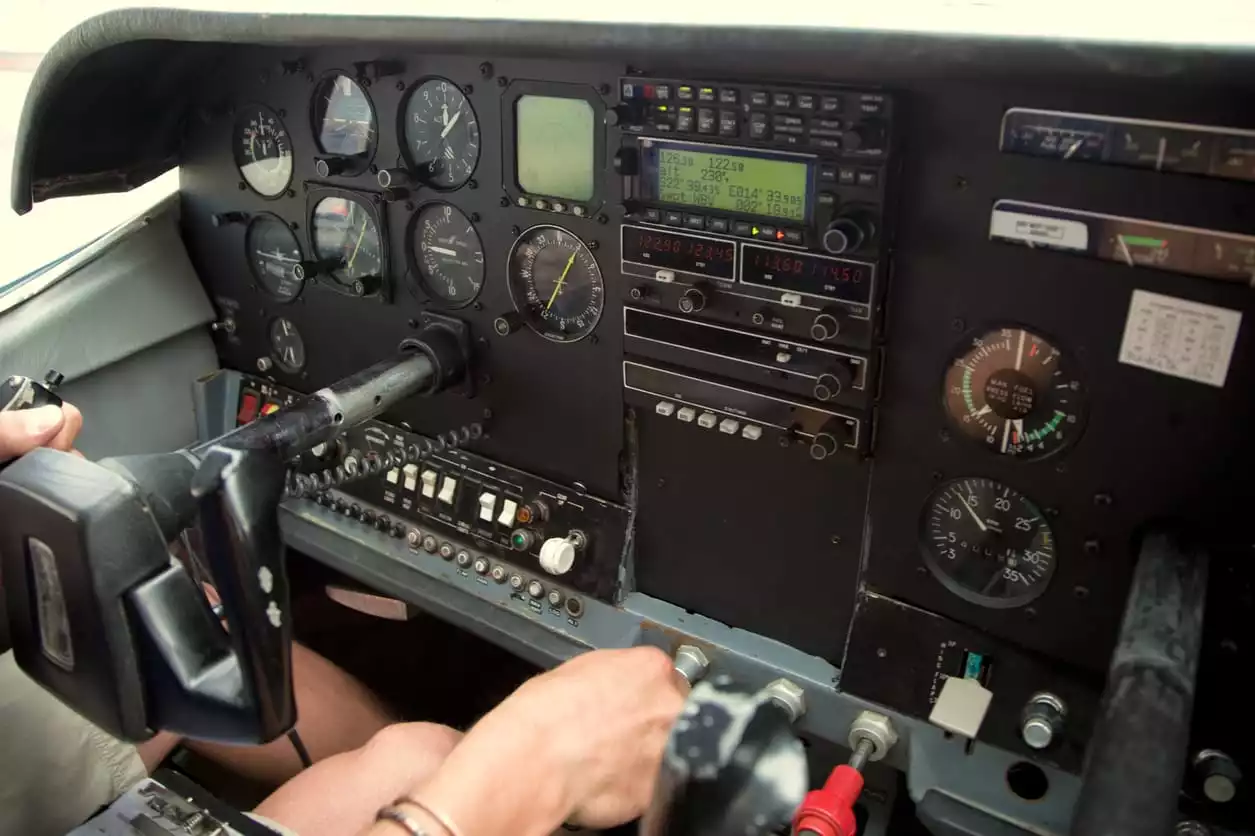
Hi. I would love to know your thoughts on two things regarding private pilots.
1) Is a private pilot allowed to enter military landing approach air space
2) What are the restrictions on flying helicopters in a residential area “for fun”, and does this come with a minimum altitude requirement.
Thank you.
A private pilot can skip some of the training retirements and proceed directly to the knowledge test for the Remote Pilot Certificate, but that is definitely a separate licence.